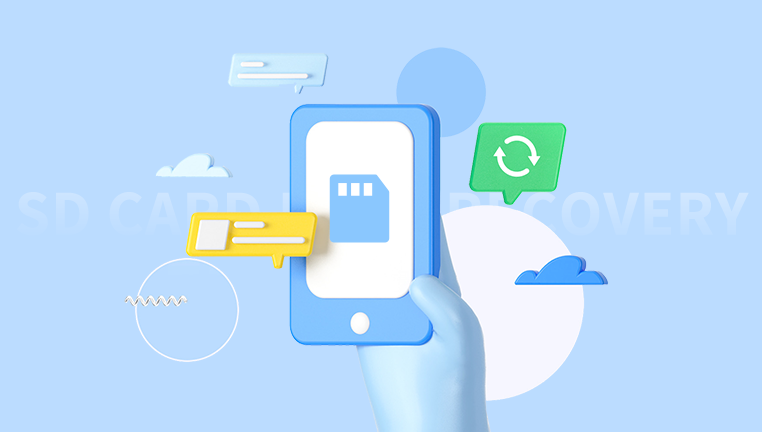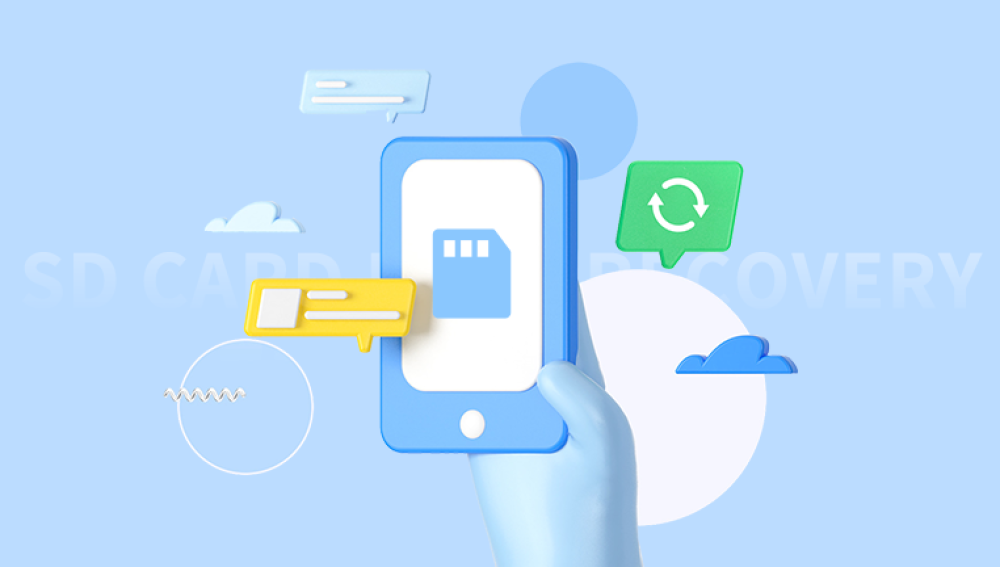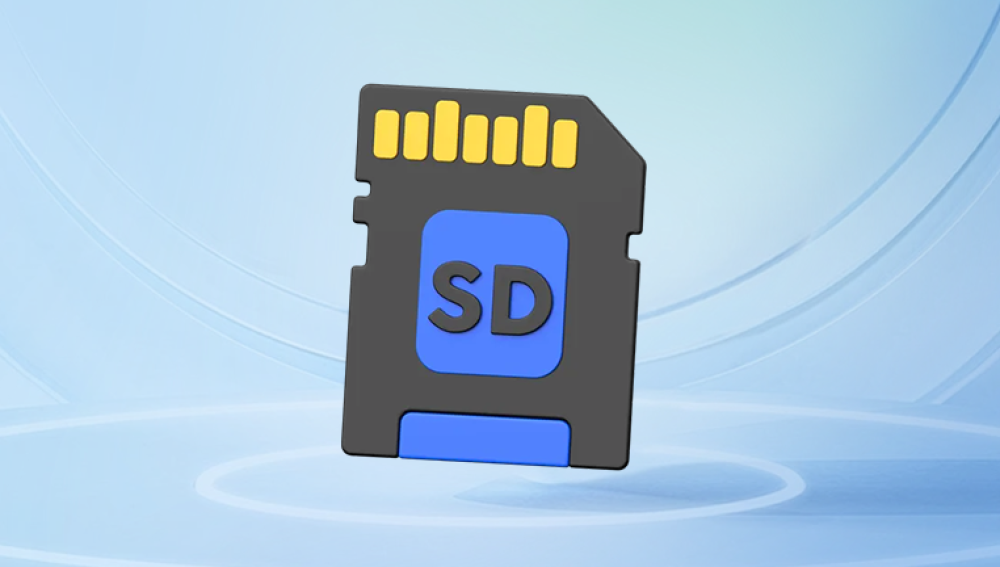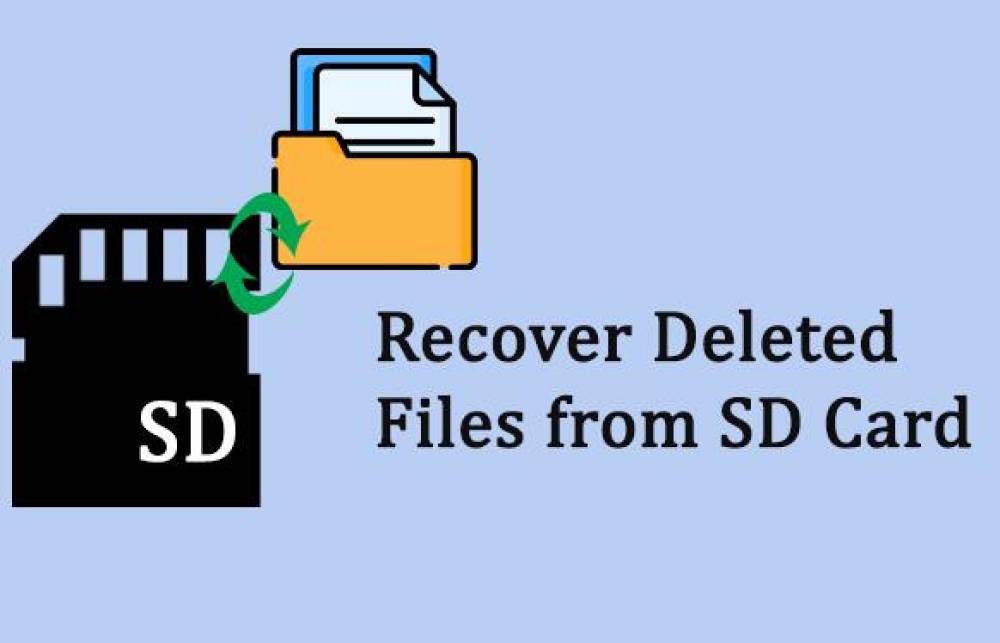Why Reformat an SD Card?
File System Errors:Reformatting can fix corrupted file systems and restore the card to a functional state.
Performance Improvement:Over time,SD cards can slow down due to fragmented data.Reformatting can help improve read/write speeds.
Changing File System:You might need a different file system for compatibility with various devices(e.g.,FAT32,exFAT,NTFS).
Preparing for New Use:Before using an SD card in a new device,reformatting ensures it’s clean and ready for new data.

Preparing to Reformat
Backup Important Data
Reformatting will erase all data on the SD card.Ensure you back up any important files before proceeding.Copy the data to your computer or another storage device.
Check SD Card Type and Size
Different SD cards have different storage capacities and types,such as SD,SDHC,and SDXC.Ensure your device supports the SD card type and size you are reformatting.
Reformatting Methods
Method 1:Reformatting on Windows
Step 1:Insert the SD Card
Insert the SD card into your computer’s SD card slot or use an external SD card reader.
Step 2:Open File Explorer
Press Win+E to open File Explorer.Locate the SD card under“This PC”or“My Computer.”
Step 3:Open the Format Dialog
Right-click on the SD card.
Select“Format”from the context menu.
Step 4:Choose File System and Settings
File System:Choose the file system(FAT32 for SDHC cards up to 32GB,exFAT for SDXC cards above 32GB).
Allocation Unit Size:Select“Default allocation size.”
Volume Label:Enter a name for the SD card(optional).
Quick Format:Check the“Quick Format”box for a faster format(optional).
Step 5:Start Formatting
Click“Start”to begin the formatting process.A warning will appear indicating that all data will be erased.Confirm to proceed.
Method 2:Reformatting on macOS
Step 1:Insert the SD Card
Insert the SD card into your Mac’s SD card slot or use an external SD card reader.
Step 2:Open Disk Utility
Open Finder.
Navigate to“Applications”>“Utilities”>“Disk Utility.”
Step 3:Select the SD Card
In Disk Utility,select the SD card from the list of drives on the left.
Step 4:Erase the SD Card
Click the“Erase”button at the top of the window.
Name:Enter a name for the SD card(optional).
Format:Choose the desired file system(MS-DOS(FAT)for SDHC,ExFAT for SDXC).
Scheme:Select“Master Boot Record”(MBR).
Step 5:Confirm and Erase
Click“Erase”to start the formatting process.Confirm the action when prompted.The SD card will be reformatted.
Method 3:Reformatting on Linux
Step 1:Insert the SD Card
Insert the SD card into your computer’s SD card slot or use an external SD card reader.
Step 2:Open Terminal
Open a terminal window(Ctrl+Alt+T).
Step 3:Identify the SD Card
Use the lsblk command to list all block devices.Identify the SD card(usually something like/dev/sdb).
lsblk
Step 4:Unmount the SD Card
Before formatting,unmount the SD card using the umount command.
sudo umount/dev/sdX1
Replace sdX1 with the correct identifier for your SD card.
Step 5:Format the SD Card
Use the mkfs command to format the SD card.
For FAT32:
sudo mkfs.vfat-F 32/dev/sdX
For exFAT:
sudo mkfs.exfat/dev/sdX
Replace/dev/sdX with the correct identifier for your SD card.
Method 4:Reformatting on a Camera or Other Device
Many cameras and other devices have a built-in format option.
Insert the SD card into the device.
Navigate to the device’s settings menu.
Locate the“Format”or“Erase”option.
Follow the on-screen instructions to reformat the SD card.
Troubleshooting Common Issues
SD Card Not Recognized
Check the Reader:Ensure the SD card reader is working properly.
Try a Different Device:Insert the SD card into another device to see if it’s recognized.
Update Drivers:Update the SD card reader drivers on your computer.
Formatting Errors
Check Write Protection:Ensure the SD card’s write-protection switch is not enabled.
Diskpart Utility(Windows):Use Diskpart to clean and format the SD card.
Open Command Prompt as administrator.
Type diskpart and press Enter.
Use list disk,select disk X,clean,create partition primary,format fs=fat32(or exFAT),replacing X with your SD card number.
diskpart
list disk
select disk X
clean
create partition primary
format fs=fat32
Data Recovery After Formatting
If you accidentally formatted the SD card and need to recover data,use data recovery software like Recuva,Disk Drill,or PhotoRec.Note that recovery success depends on whether new data has overwritten the old data.
Best Practices for SD Card Maintenance
Regular Backups:Regularly back up important data to prevent loss.
Proper Ejection:Always safely eject the SD card before removing it from the device.
Avoid Full Storage:Avoid filling the SD card to its maximum capacity to maintain performance.
Use Reliable Devices:Use reputable and compatible devices to read/write data to the SD card.




